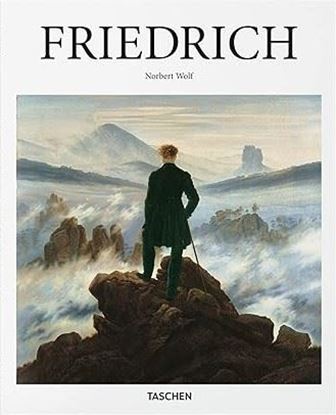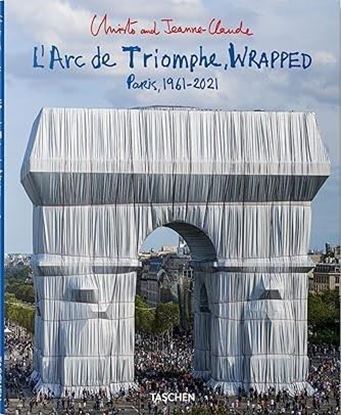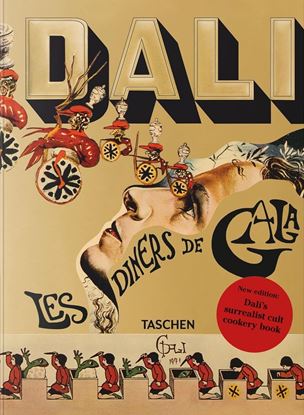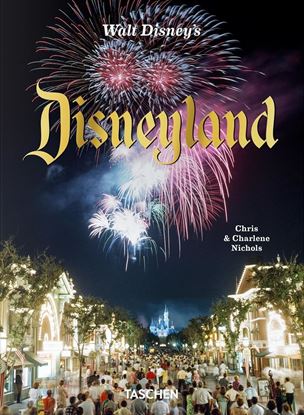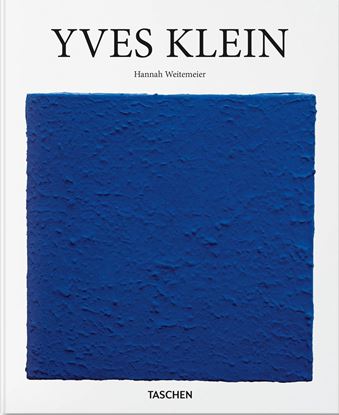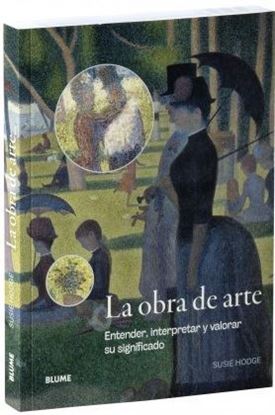

FRIEDRICH (BA-ART) (ES)
La belleza de la naturaleza y la soledad del hombre son temas dominantes en la obra de Caspar David Friedrich (1774-1840). El artista con frecuencia dispone una pequeña figura humana en un amplio paisaje, como en sus famosos lienzos Monje a la orilla del mar y El caminante sobre el mar de nubes. Durante mucho tiempo, la importancia y la influencia de este gran pintor romántico fueron subestimadas. Cuando murió, Friedrich había sido olvidado ya por sus coetáneos y no fue redescubierto hasta principios del siglo xx. Actualmente, se le considera el pintor alemán más importante de su generación y un precursor del expresionismo.
1,350
1,013
LARC DE TRIOMPHE, WRAPPED (VA) (INT)
1961, three years after meeting Jeanne-Claude in Paris, Christo made a study of a mammoth project that would wrap one of the city’s most emblematic monuments. 60 years, 25,000 square meters of recyclable fabric, and 3,000 meters of rope later, the artists' vision finally came true. Discover their posthumous installation with this book gathering photography, drawings, and a history of the project's making.
Like most of Christo and Jeanne-Claude's work, L'Arc de Triomphe, Wrapped is temporary and runs for 16 days from Saturday, September 18 to Sunday, October 3, 2021. Carried out in close collaboration with the Centre des Monuments Nationaux, the historic structure is wrapped in recyclable polypropylene fabric in silvery blue and recyclable red rope.
1,350
1,013
YVES KLEIN (BA-ART) (E)
Ese azul…
El artista a quien se le debe el azul de ultramar
A mediados de la década de 1950, Yves Klein (1928-1962) declaró que “un mundo nuevo exige un hombre nuevo”. Su peculiar estilo idiosincrático y su gran carisma llevaron a este audaz artista a desarrollar una breve pero fructífera carrera, pues pintó más de mil cuadros en un periodo de siete años, cuadros que hoy se consideran clásicos del arte moderno de posguerra.
Klein se labró un nombre sobre todo con sus lienzos monocromos de gran formato pintados con el tono de azul que él mismo patentó. El International Klein Blue (IKB), compuesto de pigmento puro y un aglutinante, es a un tiempo denso y luminoso, evocador y decorativo, y Klein lo concibió para evocar la cualidad inmaterial e infinita del mundo. Las obras de esta revolución azul parecen transportarnos a otra dimensión, como si cayéramos hipnotizados por un cielo de verano perfecto.
1,350
1,013
LA OBRA DE ARTE
El arte puede ser tan fascinante como frustrante. Una sola obra puede tener varios significados, y existen muchas formas de entenderla, interpretarla y apreciarla.
Este libro claro y accesible descompone grandes obras de arte en diez elementos sencillos para ayudarle a comprenderlas y apreciarlas mejor.
Además, le permitirá responder a algunas preguntas obvias, pero complicadas: «¿Cómo crea Yayoi Kusama la sensación de infinito en Luces resplandecientes de almas?» o «¿Por qué las capas de pintura de La noche estrellada de Van Gogh son tan gruesas?».
1,350
1,013

